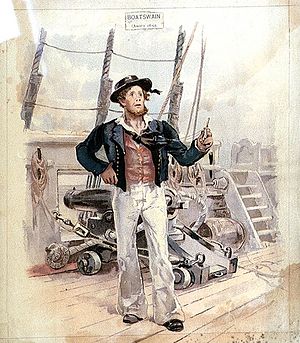Their Last Song
/Most of us have heard about the orchestra that continued to play aboard the Titanic as she sank on April 15, 1912. Rather than abandon their instruments and try to save themselves, each member of the 8-piece orchestra chose to stay and play for the passengers as long as they were able. The youngest, a Frenchman named Roger Bricoux, was 20 years old. The oldest, 33-year-old Wallace Hartley, served as the leader of the group.
Titanic’s White Star Line did not employ the orchestra directly. They worked for a firm from Liverpool called C.W. and F.N. Black, which placed orchestras on all the British ocean liners. During the Titanic’s voyage, the eight musicians were usually divided into a quintet and a trio, playing for first and second class passengers in various rooms of the ship. After the ship hit the iceberg and the order came for the lifeboats to be filled, the orchestra members joined together. They hoped to calm the passengers by playing popular dance tunes.
As the last lifeboat was lowered to the water and the ship continued to sink, the orchestra played on. Many survivors recalled hearing the music, even from the lifeboats. Some were certain the orchestra’s last song was Nearer My God to Thee. Others recalled hearing the song Autumn before the ship’s stern rose out of the water and plunged beneath the Atlantic. Regardless, the fact remains that all eight members of the orchestra died at their posts. Only two of their bodies were recovered, including Wallace Hartley’s. He is buried in Colne, Lancashire, England, where he was born.
Ruth Becker, the main character in my yet-to-be-published novel, is a budding violinist who happens to meet Wallace Hartley and the rest of the orchestra during the voyage. Their friendship and courage in the end have a profound affect on Ruth. I hope to be able to share her story soon.







